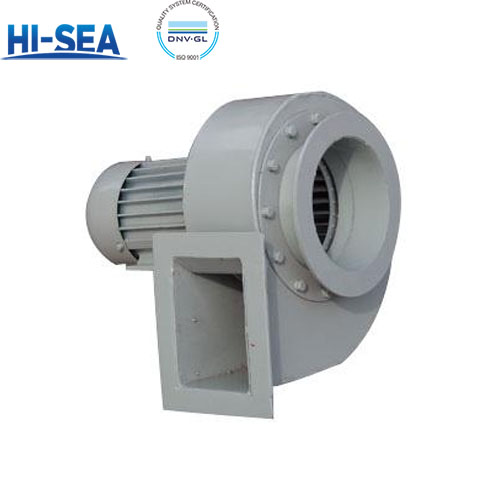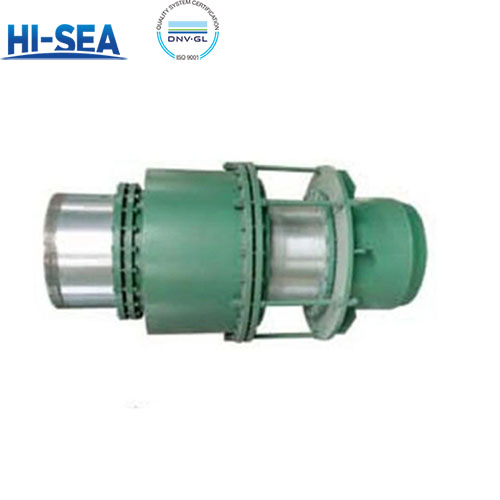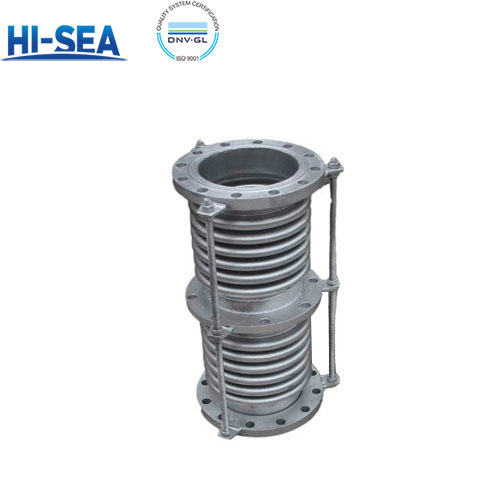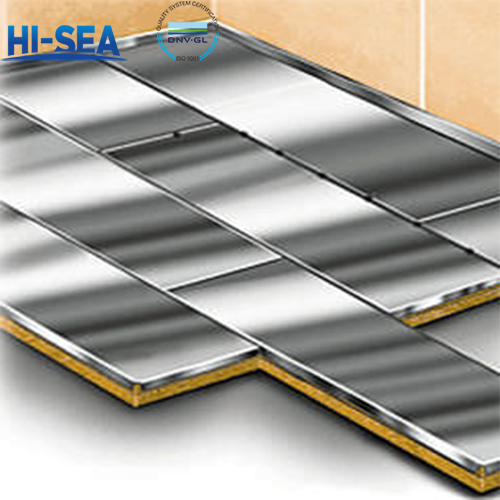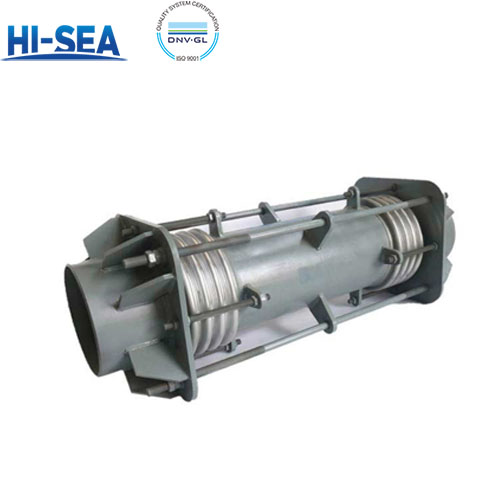
The Difference Between Marine Axial Fans And Marine Centrifugal Fans
An axial fan generates airflow by means of fan blades that push the airflow in the direction of axial flow. It mainly utilizes gas-powered machinery to achieve this by accelerating and then compressing the gas through the blades, generating a pressure difference that causes the gas to flow.
Centrifugal fans utilize centrifugal force to generate airflow, which is pushed around the centrifuge by the rotor of the centrifuge and discharges the gas in a radial flow direction. Centrifugal fans can change the distance between the rotor and the cylinder during operation because the rotor impeller is open-ended, thus changing the flow rate.
Overview
Differences in feature:
Axial fan with large air volume, low pressure and relatively low noise is suitable for occasions with relatively low airflow resistance, such as air circulation, ventilation, heat dissipation and other applications.
Centrifugal fan static pressure and air volume can be adjusted, can adapt to high resistance occasions, wide range of uses, can be used for both air supply and exhaust, flexible operation.
Differences in application:
Axial fans are highly efficient, low-noise, small-sized fans used primarily as smoke, exhaust and air extraction. On ships, axial fans are mostly used for cabin ventilation or other types of special air flow requirements. They are mainly used to exhaust exhaust gases and odors from corridors, kitchens and other cabins, with a large blowing area and a large air volume, but with a small air pressure.
Centrifugal fans are mainly used for ventilation and heat dissipation, with a unique design, capable of generating high static pressure, with a small air volume but a large air pressure, suitable for use in small, airtight cabins. They are mainly used in ventilation, refrigeration and air-conditioning systems, as well as in cabins, etc.

